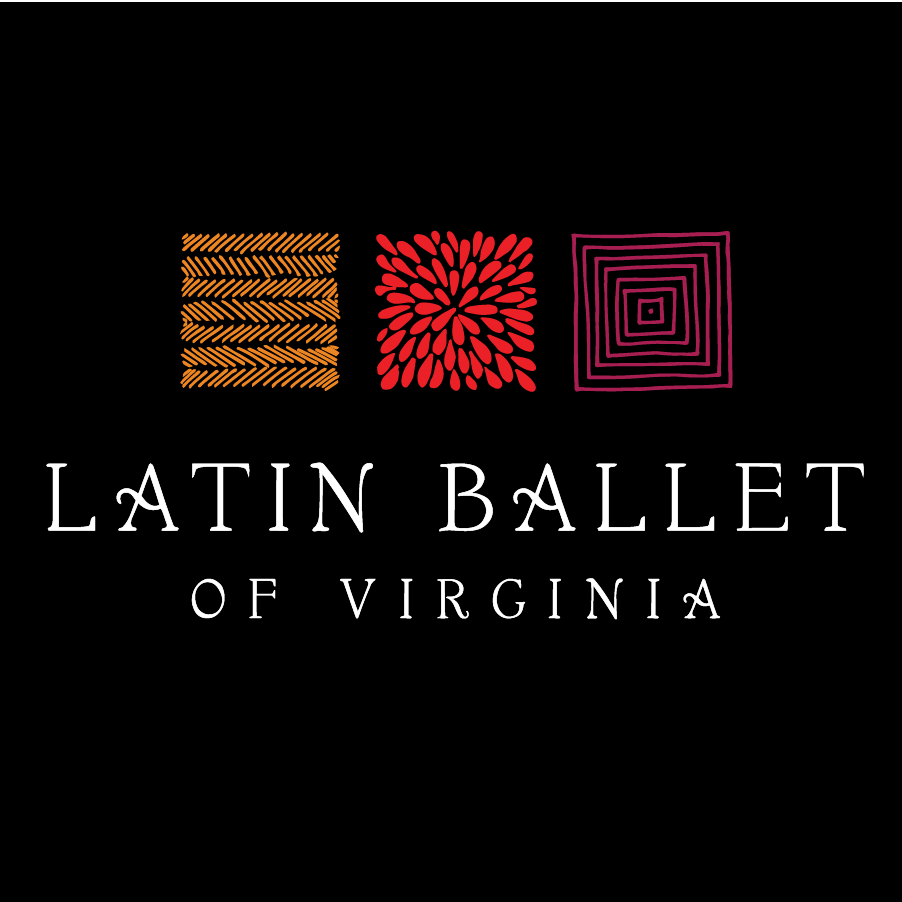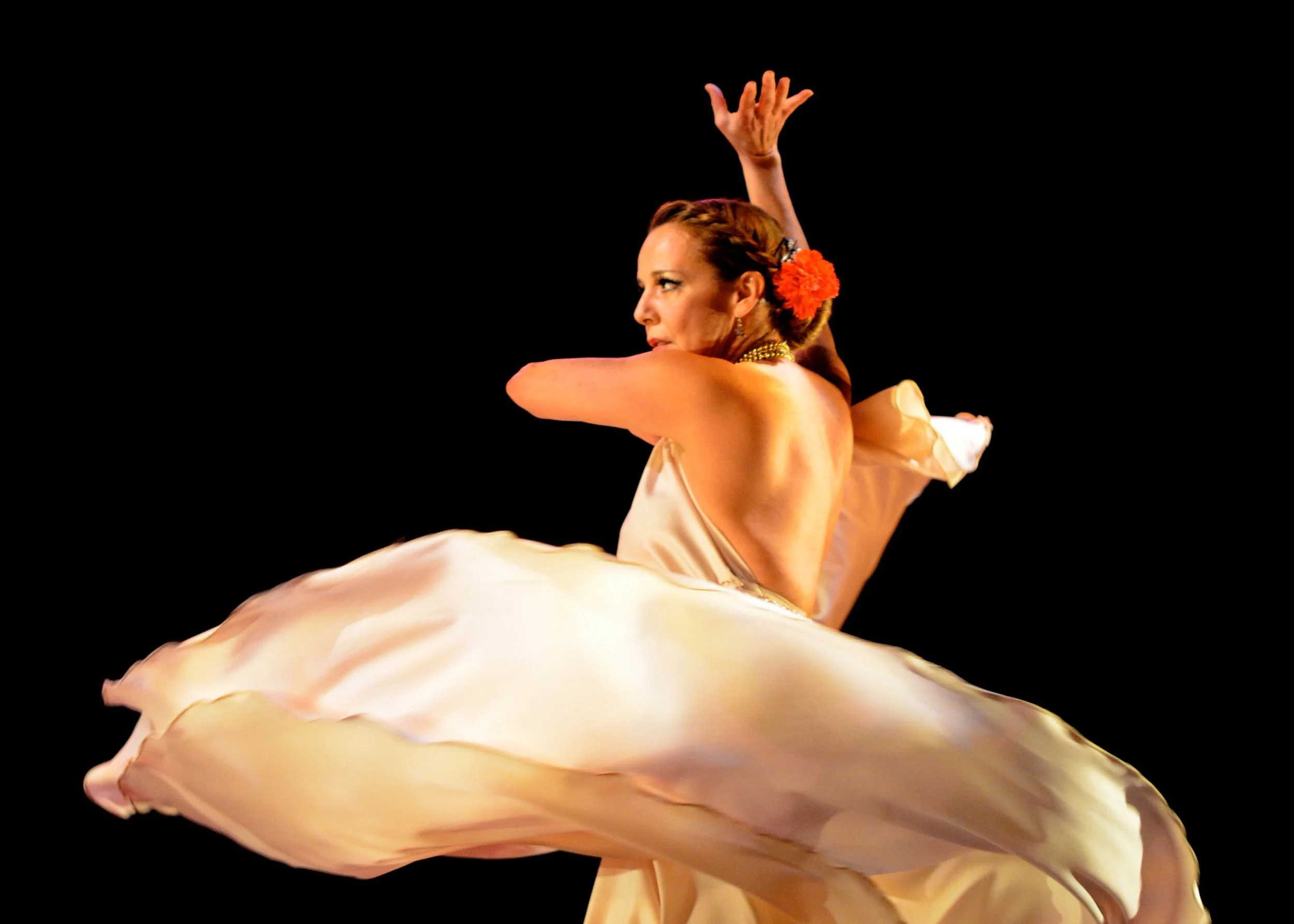Pep In Their Steps
January 22, 2018
Latin Ballet Of Virginia Boosts Student Confidence With Be Proud Of Yourself Program
By Lea Marshall
When Ana Ines King moved from Colombia to Richmond, Virginia, in 1994, her daughter was just 11 years old. The transition was hard for them both—neither spoke English when they arrived—but King’s daughter found it particularly difficult. The only time King remembers seeing her happy was in school, when students who were originally from other countries were invited to teach their classmates about parts of their culture.
“My daughter chose salsa,” says King, “and I videotaped her teaching Colombian salsa at the school. She was really proud and happy. She felt important. That was so special, for a kid who comes from another country to feel important.”
In 1997, King founded Latin Ballet of Virginia, a professional dance company that presents five productions annually and a dance school with an enrollment of 400. She was so inspired by her daughter’s experience that in 2000, she went on to create the Be Proud of Yourself educational program, which promotes arts education through 8- to 15-week school residencies in the Richmond metro area and throughout central Virginia. The program reaches about 20,000 children through lecture-demonstrations and workshops, and is run by LBV staff. Be Proud of Yourself activities range from interactive workshops in Latin American and Spanish dance and culture to classes modeled on dance and music therapy that serve children with autism, ADHD, and other learning or developmental challenges. LBV also produces EveryBody Reads! a creative arts-integrated literacy initiative funded last summer by the National Endowment for the Arts. Residencies that guide public school students to re-create stories through dance, and company performances of productions steeped in Latin culture, are just some of the activities that the program offers.
Customization
Each Be Proud of Yourself residency is tailored to the needs and population of the school it serves. Public and private schools partner with LBV staff and teachers to design experiences for students typically ranging from 11 to 16 years old. In every instance, the program seeks to enhance students’ confidence and self-esteem. Most residencies culminate in some type of performance, whether by the students themselves, or by LBV’s professional company.
Melissa Pérez-Obregón serves as LBV’s director of educational programs, and teaches as well. “The goal is to have our students be happy at the end of class, be a little more familiar and comfortable with who they are,” she says. “And then, by the end of the program, to be confident enough to be in front of an audience, even if it’s 30 seconds or two minutes.”
Students who don’t feel comfortable performing are not forced to, says Pérez-Obregón; the emphasis is on building confidence. She stresses the program’s versatility. LBV’s instructors are given a framework, and can design their own activities within it, based on the needs of the students in front of them. “The important thing is to get to know your students. What works at one school may not work at another school,” she says.
Some schools want workshops in ESL through dance. Some want instruction in Spanish language through dance. EveryBody Reads! is adaptable for Spanish, English, and French language classes. One iteration focuses on discussion and analysis of Antoine de Saint-Exupéry’s The Little Prince in one of the three languages, culminating in a performance of LBV’s dance theater version of the story by the professional company, followed by a post-performance question-and-answer session with students.
Study guides available online at LBV’s website describe each component of Be Proud of Yourself, including themes, methodology, and learning objectives such as building confidence, and making connections between dance and other fields of study. Guides also list the Virginia Standards of Learning met by each Be Proud of Yourself program component. For example, the Spanish and Latin American dance theme meets state education standards in the Family Life, Spanish Language, and Physical Education categories. Since schools generally seek grant funding to support the program, tying arts education directly to curriculum and standardized testing helps administrators build a strong case for support. So do the program’s success stories.
Transformation
When Pérez-Obregón meets a new group of students, she says, “I like to ask them, ‘Who has been in front of an audience before?’ Most of them never have. And we take it from there. The emphasis is on building their confidence, showing them different ways to communicate, different ways to voice something through dance.”
Rebecca Smith, an assistant principal at Fluvanna Middle School, describes seeing a Hispanic student perform for the first time at the culmination of a Be Proud of Yourself residency. Fluvanna County has a small Hispanic population, and the residency had focused on Spanish and Latin American culture, including learning flamenco. The student had struggled in school, but in performance, Smith says, “I saw a different young man. He took great pride in his culture. He was up there dancing. It was such a transformational moment for him. He felt known and valued.”
Richmond resident Brooke Bell’s daughters got to know LBV through workshops when they were preschoolers, and have participated in school residencies as well as regular dance classes. In all it does, says Bell, LBV has “a real attitude of acceptance, and the children can be anything that they want to be. My daughters were always encouraged. My oldest was very shy and withdrawn, and there were teachers who were able to teach to her personality. I was always amazed at how they were able to bring her out of her shell.”
Communicating with parents provides a way for LBV instructors to track students’ development during Be Proud of Yourself residencies. Pérez-Obregón says instructors are encouraged to develop relationships with parents by letting them know about proud moments. “If they did the smallest thing that you’re so proud of, calling the parents before the students get home to let them know is a huge tool.” Parents can in turn help instructors by letting them know of positive changes they see in their children as they progress through the program.
Mutual Acceptance
The premise of Be Proud of Yourself rests on the transformative power of dance, says King. When students start dancing, she says, “they feel proud. They breathe better, they feel prouder, they feel that they can talk, look people in the eyes.” If all of us loved ourselves, she continues, we would treat each other better too, and “the world would be a way better place to live.”
Pérez-Obregón recounts a recent success story from a Be Proud of Yourself residency, of a student with autism and his peers’ journey toward acceptance. She says he is a hard worker, but would get “stuck” and angry if he didn’t understand something during class, fearing that everyone was judging him. She paired him with other students for certain exercises, and “by the end of that 10-week session, I saw a huge change,” she says. “He was so happy, he wasn’t angry,” and the other children encouraged him. At one point, she says, “He was working on this little hip-hop move with a partner, and they were always arguing. I remember in the first four weeks, they would not even look at each other. Now I have these photos of them working together. They worked so hard on this one simple move, and he was like, ‘We did it, we did it! Come see!’ It was really exciting.”
Lea Marshall is a writer and associate chair of the Virginia Commonwealth University Department of Dance and Choreography.







